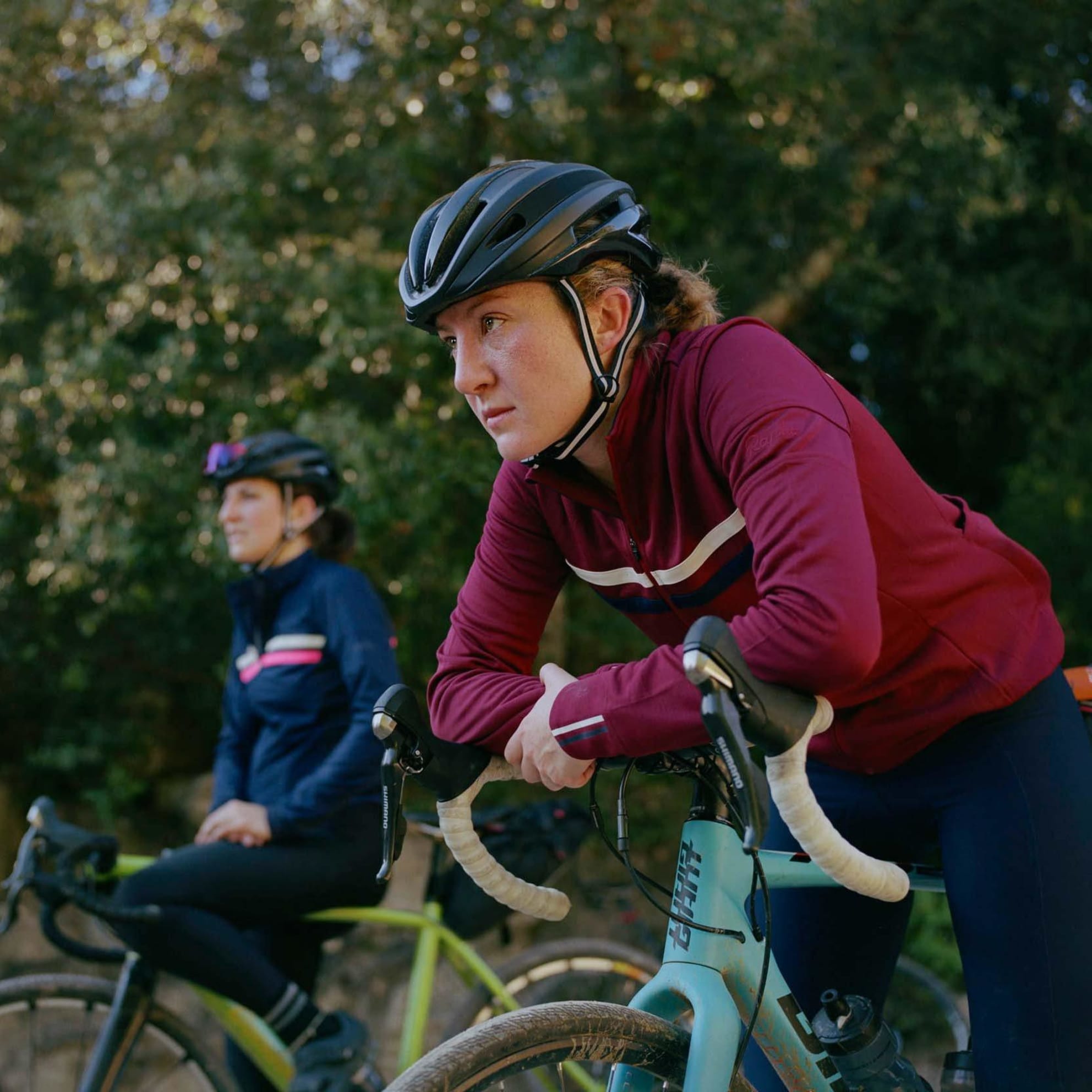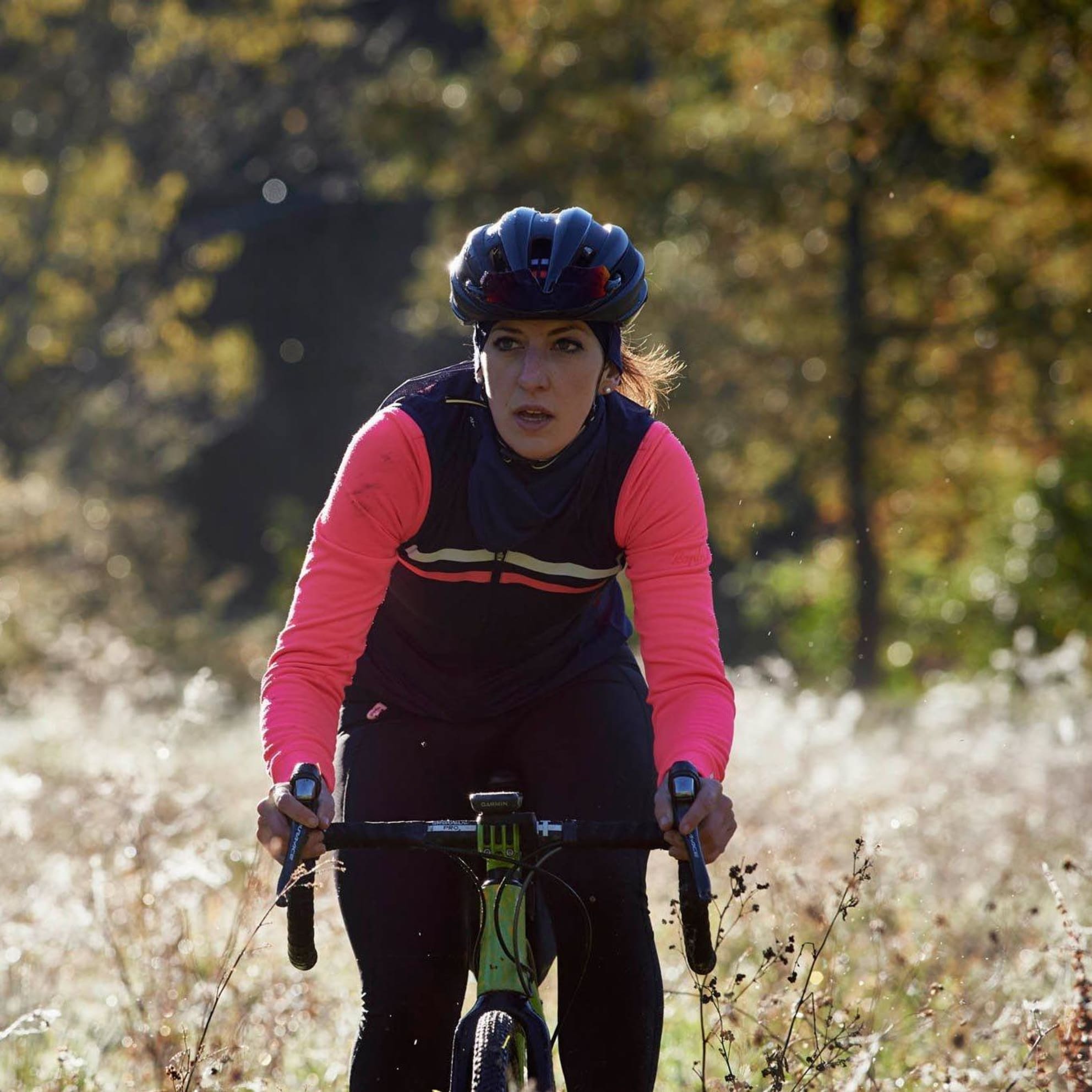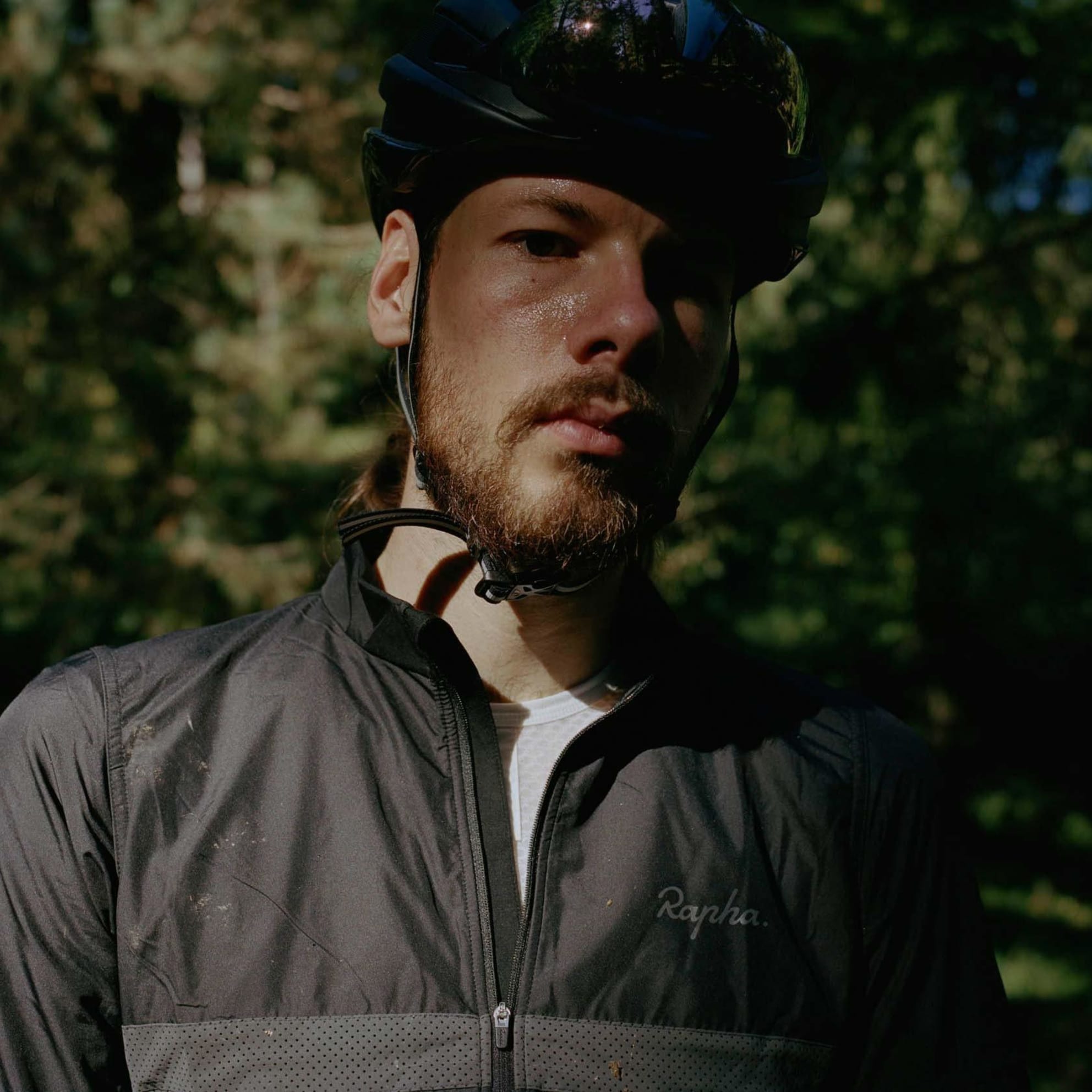Our route had been planned by intrepid explorer George Marshall – and we followed him like sheep – but rather than use the roads which cut around the volcanic ridges to travel through the park, George’s method was to travel as directly as possible to the southern edge, with scant regard for contour lines.
After a hard first morning, we travelled south of the dense woods, spying the rooftops of Girona in the distance as we followed miles of gravel packed bike paths weaving between old stone farmhouses and crop fields. It was a long day on the bike, slowed by punctures and stops to enjoy the views, and our final ascent up to the village of Sant Hilari was tackled under the cover of darkness. The twenty kilometre road weaved upwards to a ridge of volcanoes that have been dormant for nearly 11,500 years.
Despite 130km in our legs, day two began early with an eagerness to explore the extinct volcanoes that slumber beneath the meadows and forests. A descent from the town on dirt paths saw our quintet arrive at a series of jewel-like lakes. We stopped to take in the view of a submerged church with only its spire poking from the water.
Garrotxa has a wealth of medieval villages to discover, the most vibrant of which is Rupit, perched on a ridge with ramparts and monasteries built from stone carved from the cliffs. A road climb led us up and away and from the village, and we quickly covered ground on the way to Olot, the capital of Garrotxa. From there, one more climb in the darkness separated us from Beget, our final destination and gateway to the Pyrenees.
It had been a trip of varied riding, through beech forests and on weaving dirt roads, all of which offered a peek into the luscious layers of Garrotxa – with its Romanesque architecture and friendly Catalonian residents. But it’s the layers of horizon seen from this Catalonian province that I’m confident are some of the best I’ll ever see.




